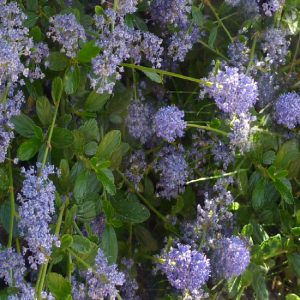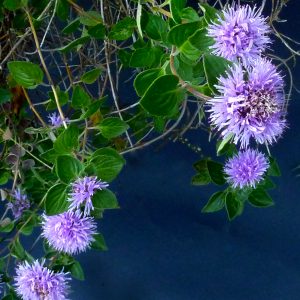Yellow Warbler
The yellow warbler (Setophaga petechia) is a New World warbler in the Parulidae family. Yellow warblers are the most widespread species in the diverse genus Setophaga, breeding in almost the whole of North America, the Caribbean, and down to northern South America.
American yellow warblers breed in most of North America from the tundra southwards, except for the far Southwest and the Gulf of Mexico coast. American yellow warblers winter to the south of their breeding range, from southern California to the Amazon region, Bolivia and Peru.
The breeding habitat of American yellow warblers is typically riparian or otherwise moist land with ample growth of small trees, in particular willows (Salix). The other groups, as well as wintering birds, chiefly inhabit mangrove swamps and similar dense woody growth. Less preferred habitat are shrubland, farmlands and forest edges. In particular American yellow warblers will come to suburban or less densely settled areas, orchards and parks, and may well breed there.
Roughy 60% of their diet is caterpillars. They also consume mayflies, moths, mosquitoes, beetles, damselflies, treehoppers, and other insects. They acquire prey by gleaning in shrubs and on tree branches, and by hawking prey that tries to fly away. Other invertebrates and some berries and similar small juicy fruits are also eaten, the latter especially by American yellow warblers in their winter quarters. The yellow warbler is one of several insectivorous bird species that reduce the number of coffee berry borer beetles in Costa Rica coffee plantations by 50%. Caterpillars are the staple food for nestlings, with some – e.g. those of geometer moths (Geometridae) – preferred over others.















